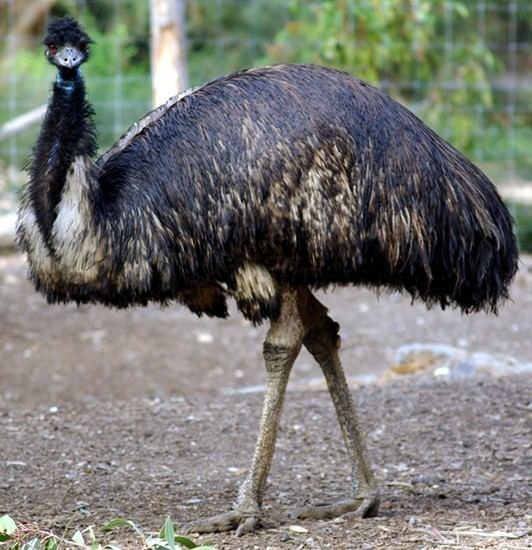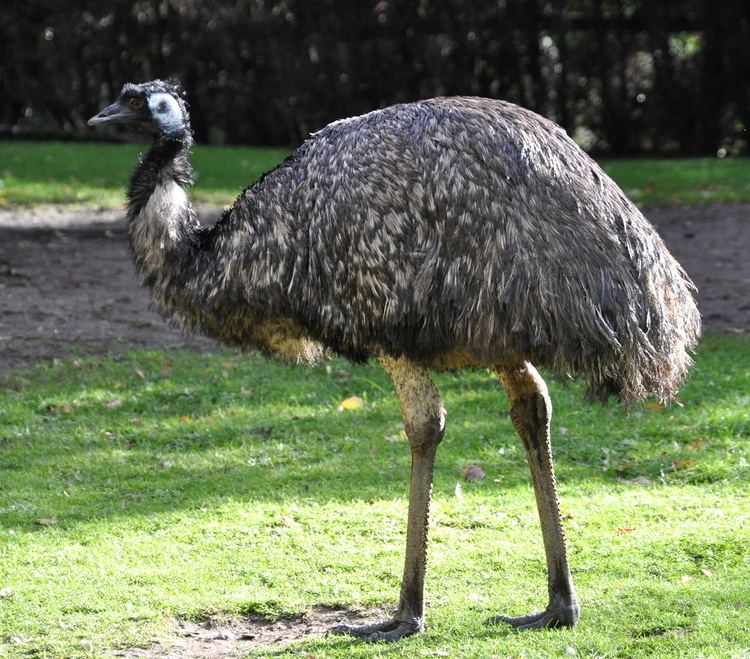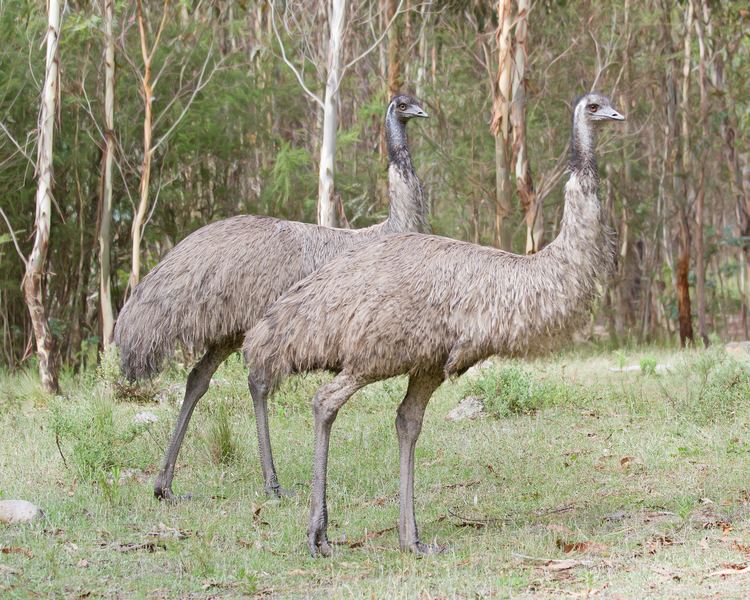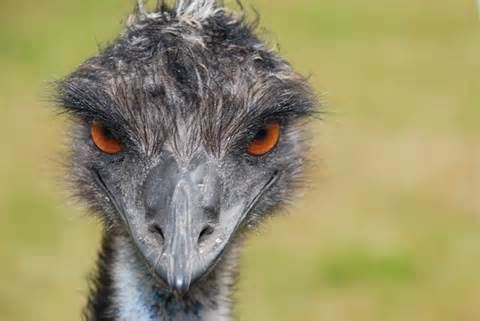Scientific name Dromaius Mass Emu: 36 – 40 kg Length Emu: 1.8 m | Phylum Chordata Family Dromaiidae Higher classification Dromaiidae Rank Genus | |
 | ||
Lower classifications | ||
Largest wild asian emu bird dancing emu bird dromaius novaehollandiae flightless birds
Dromaius is a genus of ratite present in Australia. There is one extant species, Dromaius novaehollandiae commonly known as the emu.
Contents
- Largest wild asian emu bird dancing emu bird dromaius novaehollandiae flightless birds
- Species and subspecies
- References

In his original 1816 description of the emu, Louis Jean Pierre Vieillot used two generic names; first Dromiceius, then Dromaius a few pages later. It has been a point of contention ever since which is correct; the latter is more correctly formed, but the convention in taxonomy is that the first name given stands, unless it is clearly a typographical error. Most modern publications, including those of the Australian government, use Dromaius, with Dromiceius mentioned as an alternative spelling. Others misspelling synonyms are descript for genus (see synonyms in taxobox). However, the Dromiceius spelling was used by Dale Russell in his 1972 naming of the dinosaur Dromiceiomimus.

Species and subspecies
Several emu species were common prior to European settlement in 1788:


A number of other emu fossils from Australia described as separate species are now regarded as chronosubspecies at best, given the considerable variation even between living individuals. There are also some unidentifiable remains of emu-like birds from rocks as old as the middle Miocene.
